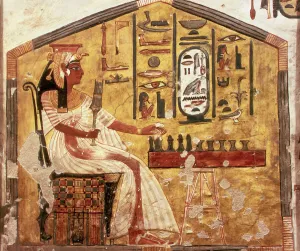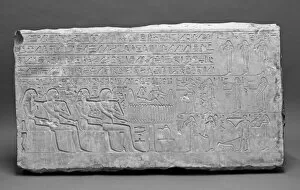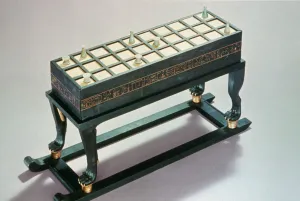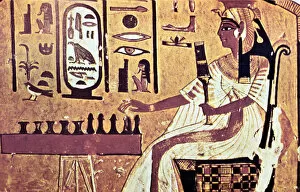Senet Collection
Discover the ancient Egyptian pastime that captivated royalty and commoners alike: Senet
All Professionally Made to Order for Quick Shipping
Discover the ancient Egyptian pastime that captivated royalty and commoners alike: Senet. Witness Queen Nefertari, the beloved wife of Pharaoh Ramesses II, gracefully playing this strategic board game in her magnificent tomb. This timeless tradition is depicted in various art forms, from Middle Kingdom stelae to Victorian-era paintings, showcasing its enduring popularity. Uncover the mysteries of this intriguing game through its beautifully preserved relics, such as the gaming boards from the tombs of Tutankhamun and Nefertari, or the elaborate wooden box from the 13th century BC. Senet, the precursor to backgammon, challenged players to move their pieces across the board while obstructing their opponents, providing a thrilling experience that transcended time and culture.











